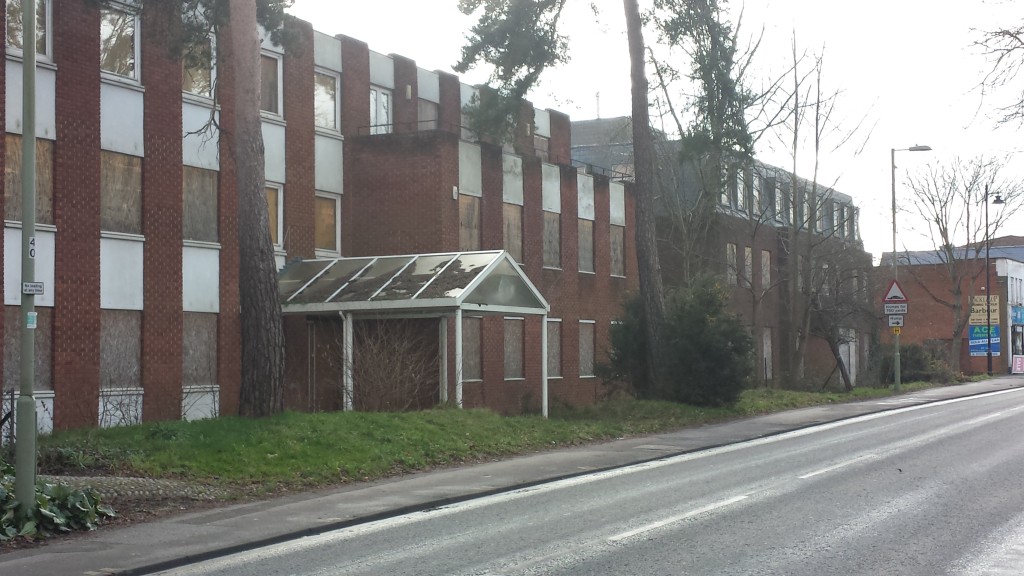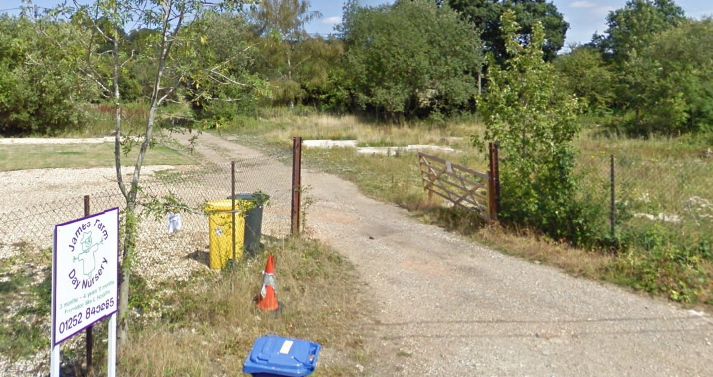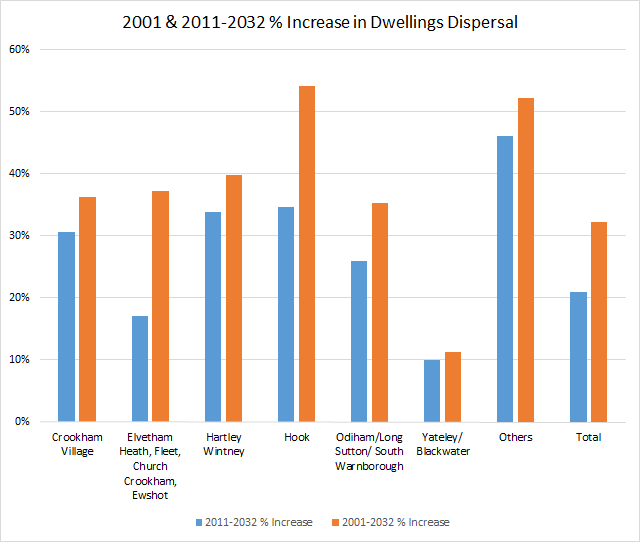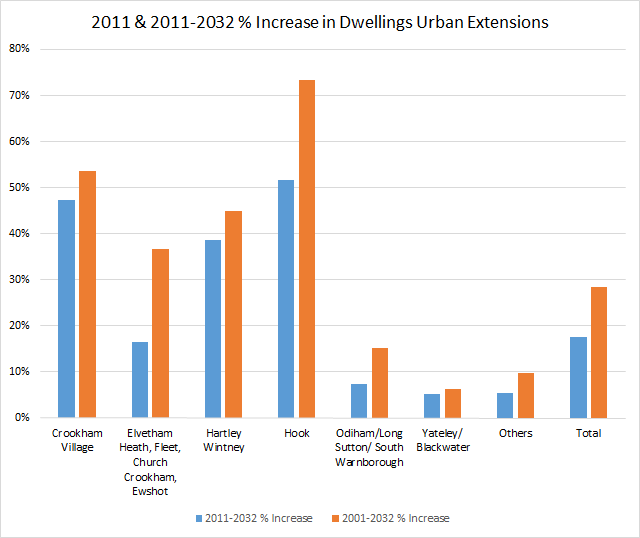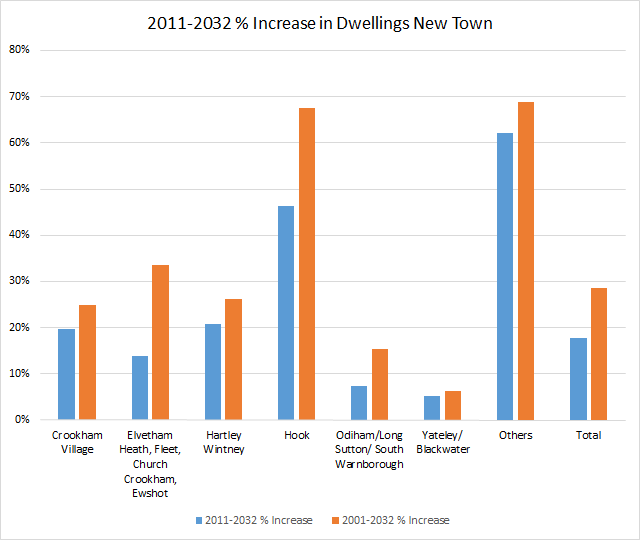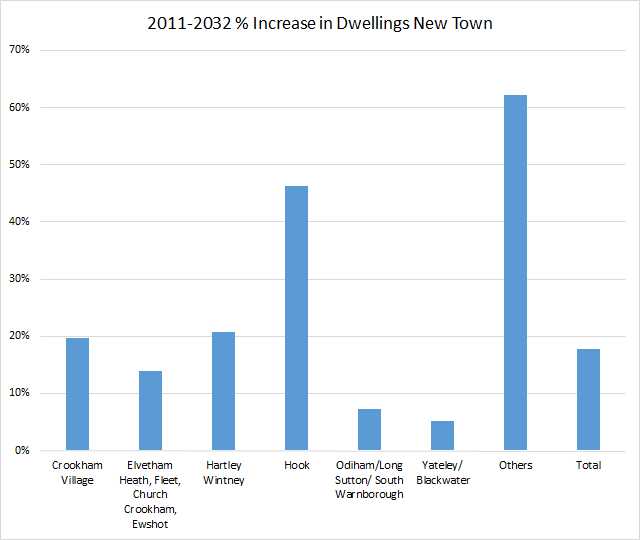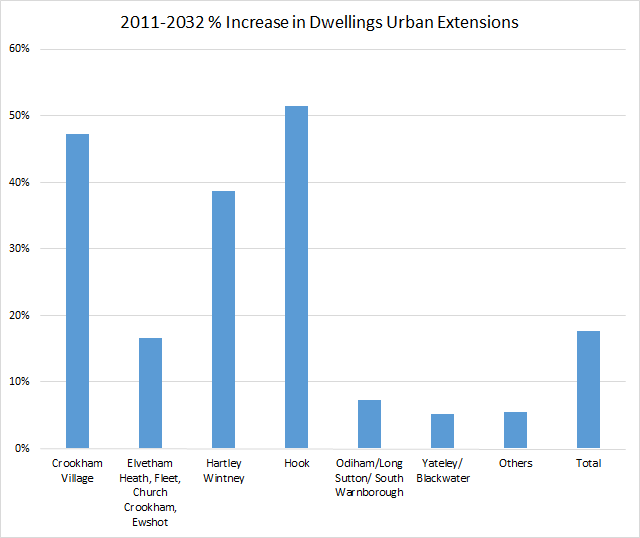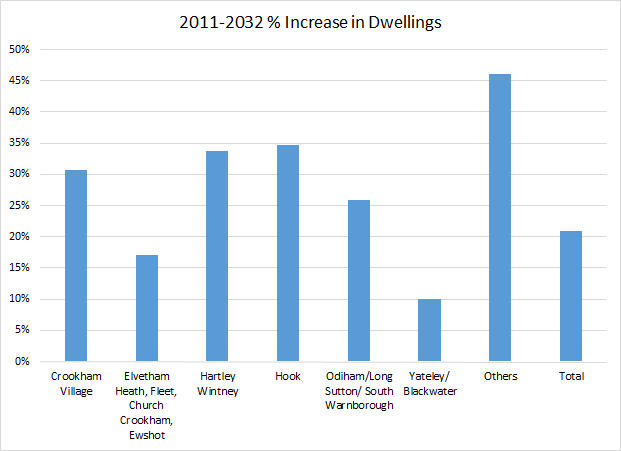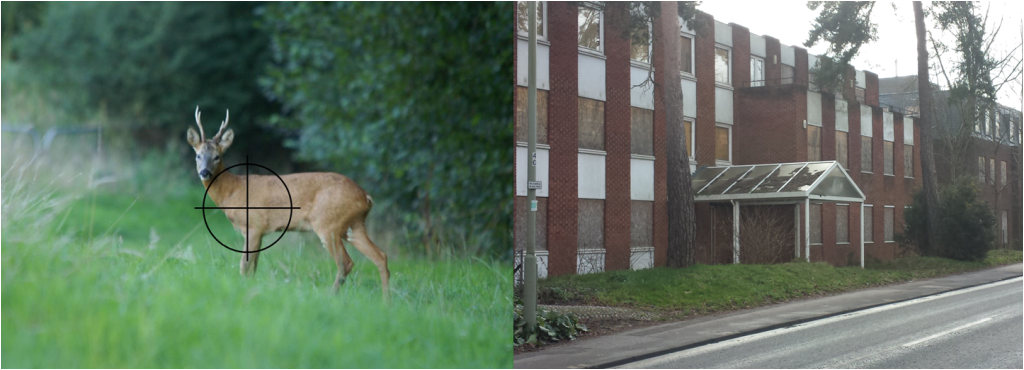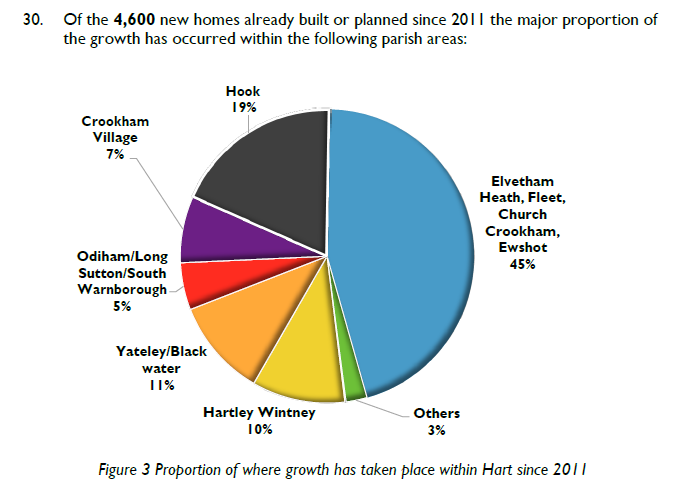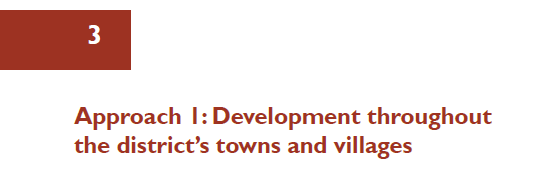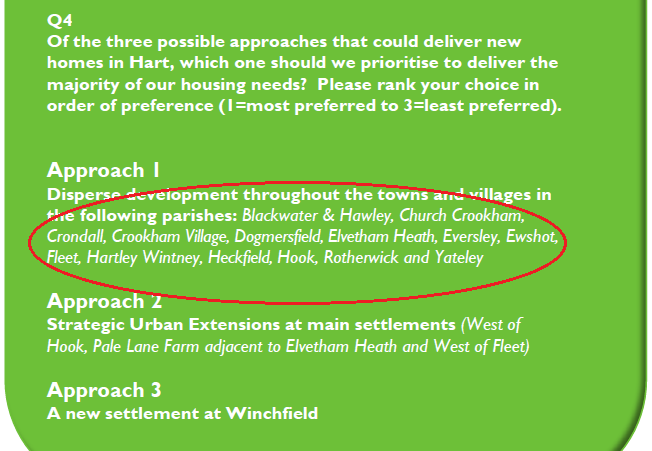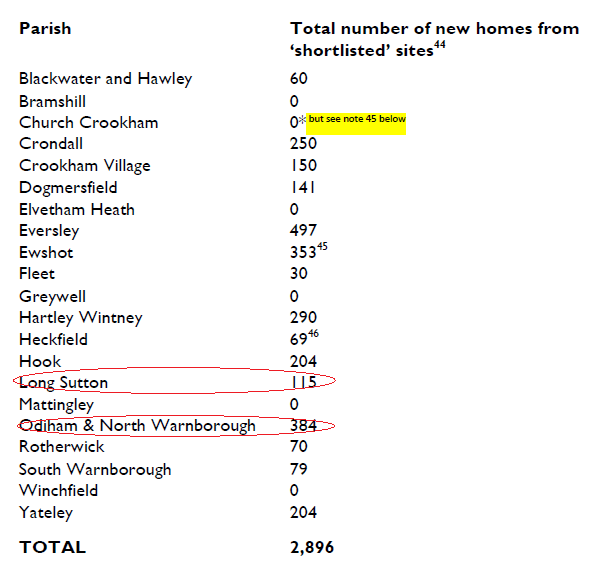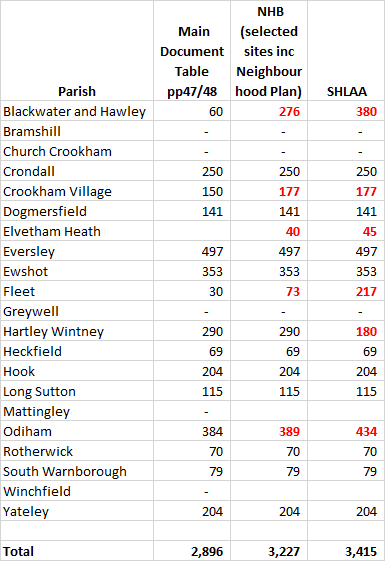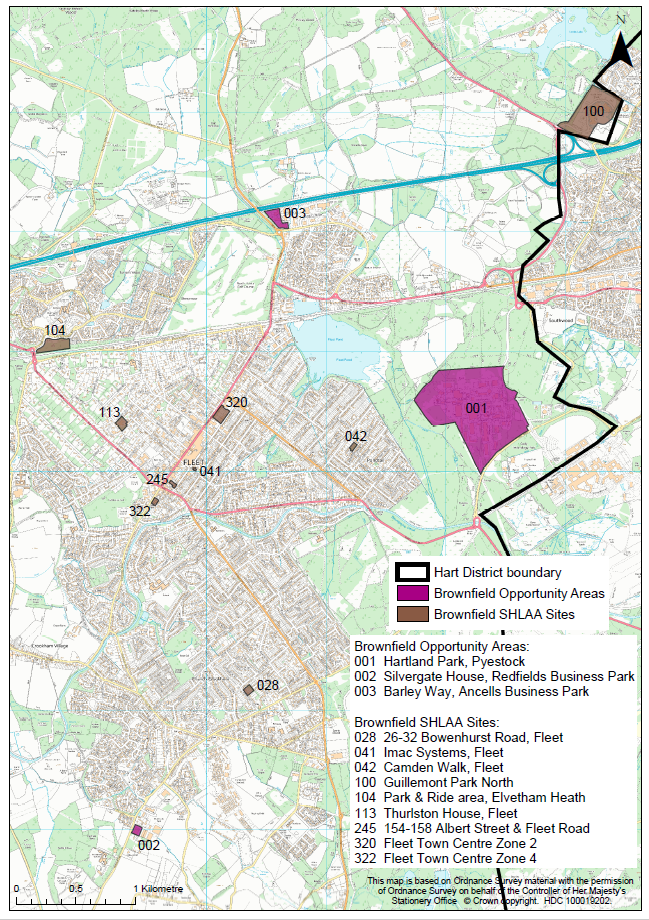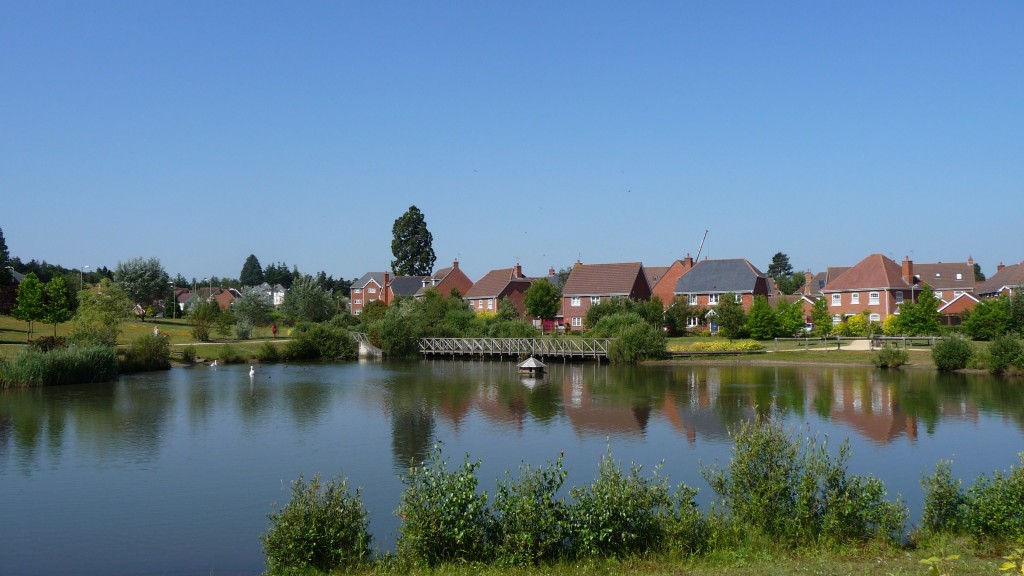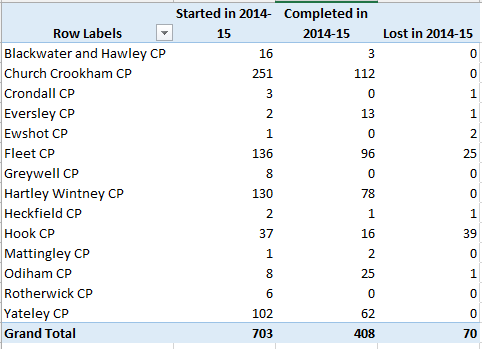
The Local elections will be held on Thursday 5th May, and we thought it would be a good idea to compile a database of local candidates and ask where they stand on two key planning issues facing the district:
- Do they still support a new town at Winchfield and,
- Do they support the redevelopment of Pyestock (aka Hartland Park) as housing
Community Campaign Hart have launched their election page and have now answered our questions making clear they support the development of Pyestock, but want to ensure safeguards on school places and roads as well as ensuring the SSSI’s and SPA are protected. However, they still also support a new town in Winchfield. Their detailed answers and our responses can be found here.
The North East Hampshire Conservatives have always been split on the issue, with many councillors voting in favour of the new town in November 2014, but notably all of the opposition to the new town came from local Conservatives. Of course, our local MP Ranil Jayawardena has opposed the new town idea too. We have had responses from many of the Tory candidates now and it is clear support for the Winchfield new town is weakening, with strong support for the proposed Pyestock development. The detailed answers we have received can be be found here.
The local Greens have now said that all of their candidates oppose the Winchfield New Town and support the redevelopment of Pyestock (aka Hartland Park). They have also set out some interesting ideas on broader housing policy. The detailed answers we have received can be found here.
North East Hampshire Labour have recently published an article in favour of the new town at Winchfield, stating it is the settled position of all of their candidates. They have also published an article supporting redeveloping Pyestock for housing, but make clear they also support a new town at Winchfield. Our response to that can be found here.
All of the sitting Liberal Democrats on Hart Council all voted in favour of the new town in November 2014. The Lib Dem County Councillor (David Simpson) opposes the new town, and some local candidates stood on a platform opposing the new town in May 2015. The local Lib Dems have published a newsletter in Hartley Wintney and Eversley opposing the new town idea. They later published a leaflet supporting the redevelopment of Pyestock. We do not yet know if this represents the views of Lib Dems across the district. The posts related to their leaflets are here and here.
We only know the position of the local UKIP candidate for Hook. He opposes the Winchfield new town and supports a brownfield first policy, but has made no definitive statement about Pyestock. However, UKIP have made a statement on their website, supporting a brownfield first strategy, which is recorded in this post.
We have contacted all of the local parties and asked them to clarify their views on the new town and Pyestock. We will update the table below when we receive answers from the parties or individual candidates. If any of the candidates want to get in touch to clarify their current position, we will happily make any corrections requested. Our contact email address can be found here.
| Ward | Name | Party | Position on Winchfield new town | Position on Pyestock |
|---|---|---|---|---|
| Blackwater and Hawley | BLEWETT, Brian Frederick | Liberal Democrat | Voted in favour Nov 2014 | ? |
| Blackwater and Hawley | CULLEN, Amy Louise | The Labour Party Candidate | All Labour candidates in favour of new town | Some support Pyestock, but prefer Winchfield |
| Blackwater and Hawley | DICKENS, Jane Elizabeth | The Conservative Party Candidate | Keeping her views to herself | Keeping her views to herself |
| Blackwater and Hawley | FRANCIS, Steven John | Green Party | Oppose | Support |
| Blackwater and Hawley | GASCOIGNE, Mike | UK Independence Party (UKIP) | ? | Brownfield sites as a priority, but no definitive position on Pyestock |
| Crookham East | BUTLER, Helen Rosalind | The Conservative Party Candidate | Not the right way forward | Supports redevelopment for housing |
| Crookham East | RADLEY, Edward James | Community Campaign (Hart) | Still support new town | Support, but want safeguards on school places, traffic and environment |
| Crookham East | WILLIAMS, Ruth Ann | The Labour Party Candidate | All Labour candidates in favour of new town | Some support Pyestock, but prefer Winchfield |
| Crookham West and Ewshot | AMBLER, Simon Rory | Community Campaign (Hart) | Still support new town | Support, but want safeguards on school places, traffic and environment |
| Crookham West and Ewshot | MOORS, Dawn | UK Independence Party (UKIP) | ? | Brownfield sites as a priority, but no definitive position on Pyestock |
| Crookham West and Ewshot | SIMMONS, Chris | The Conservative Party Candidate | Does not support | Does not support |
| Crookham West and Ewshot | SMYTH, Moira | The Labour Party Candidate | All Labour candidates in favour of new town | Some support Pyestock, but prefer Winchfield |
| Crookham West and Ewshot | SPRADBERY, Charles John | Green Party | Oppose | Support |
| Fleet Central | BOBETSKY, Max | The Conservative Party Candidate | Opposed when stood for General Election 2015 | ? |
| Fleet Central | GAWTHORPE, John Grant | The Labour Party Candidate | All Labour candidates in favour of new town | Some support Pyestock, but prefer Winchfield |
| Fleet Central | HOPE, Howling Laud | The Official Monster Raving Loony Party | ? | ? |
| Fleet Central | MAKEPEACE-BROWNE, Wendy Louise | Community Campaign (Hart) | Still support new town | Support, but want safeguards on school places, traffic and environment |
| Fleet Central | OWENS, Major David | UK Independence Party (UKIP) | ? | Brownfield sites as a priority, but no definitive position on Pyestock |
| Fleet East | BUTLER, Sam | The Labour Party Candidate | All Labour candidates in favour of new town | Some support Pyestock, but prefer Winchfield |
| Fleet East | DEVONSHIRE, Peter William | UK Independence Party (UKIP) | ? | Brownfield sites as a priority, but no definitive position on Pyestock |
| Fleet East | WALTON, Neil Christopher | Liberal Democrat | ? | ? |
| Fleet East | WRIGHT, Jonathan Bruce | The Conservative Party Candidate | Yes | Yes |
| Fleet West | BENNISON, John | Community Campaign (Hart) | Still support new town | Support, but want safeguards on school places, traffic and environment |
| Fleet West | BUCKLAND, Lesley Ruth | The Labour Party Candidate | All Labour candidates in favour of new town | Some support Pyestock, but prefer Winchfield |
| Fleet West | EINCHCOMB, Paul Stephen Walter | Liberal Democrat | ? | ? |
| Fleet West | FORSTER, Steve | The Conservative Party Candidate | Voted in favour Nov 2014. Still supports if not enough brownfield available, but only if it comes with proper infrastructure | Supports redevelopment for housing, provided it comes with improvements to roads, busses and new schools |
| Fleet West | RUTTER, Karin | UK Independence Party (UKIP) | ? | Brownfield sites as a priority, but no definitive position on Pyestock |
| Hartley Wintney | CRAMPTON, Anne | The Conservative Party Candidate | Voted against Nov 2014 | In favour |
| Hartley Wintney | HAMILTON, Ruth Stella | UK Independence Party (UKIP) | ? | Brownfield sites as a priority, but no definitive position on Pyestock |
| Hartley Wintney | JARMAN, Ruth Elizabeth | Green Party | Oppose | Support |
| Hartley Wintney | WILLIAMS, Ieuan Mon | The Labour Party Candidate | All Labour candidates in favour of new town | Some support Pyestock, but prefer Winchfield |
| Hartley Wintney | WOOLFORD, Alan Maurice | Liberal Democrat | Opposed to new town | In favour |
| Hook | IVE, Colin | Liberal Democrat | Voted in favour Nov 2014. No specific comment in this election. | ? |
| Hook | MORRIS, Mike | The Conservative Party Candidate | Voted in favour Nov 2014. Still in favour | Supports |
| Hook | NABBS, Verd | The Labour Party Candidate | All Labour candidates in favour of new town | Some support Pyestock, but prefer Winchfield |
| Hook | REES, Dai | UK Independence Party (UKIP) | No new town in Winchfield | Brownfield sites as a priority, but no definitive position on Pyestock |
| Odiham | AFFLECK-CRUISE, Amanda Jane | The Labour Party Candidate | All Labour candidates in favour of new town | Some support Pyestock, but prefer Winchfield |
| Odiham | GORDON, Rosalyn Jane | Liberal Democrat | ? | ? |
| Odiham | KENNETT, John Richard | The Conservative Party Candidate | Voted in favour Nov 2014. Now not convinced it is necessary | Redevelopment of Pyestock is very welcome |
| Odiham | OLIVER, Kevin | UK Independence Party (UKIP) | ? | Brownfield sites as a priority, but no definitive position on Pyestock |
| Yateley East | BURTON, John Peter Simon | The Conservative Party Candidate | ? | ? |
| Yateley East | COCKARILL, Graham | Liberal Democrat | Voted in favour Nov 2014 | ? |
| Yateley East | GANTLEY, Frank | Green Party | Oppose | Support |
| Yateley East | STILL, Joyce Edna | The Labour Party Candidate | All Labour candidates in favour of new town | Some support Pyestock, but prefer Winchfield |
| Yateley West | CRISP, Gerry | Liberal Democrat | Voted in favour Nov 2014 | ? |
| Yateley West | HALL, Peter | The Conservative Party Candidate | ? | ? |
| Yateley West | HOWE, John William | UK Independence Party (UKIP) | ? | Brownfield sites as a priority, but no definitive position on Pyestock |
| Yateley West | SUTHERLAND, Alistair William | The Labour Party Candidate | All Labour candidates in favour of new town | Some support Pyestock, but prefer Winchfield |
